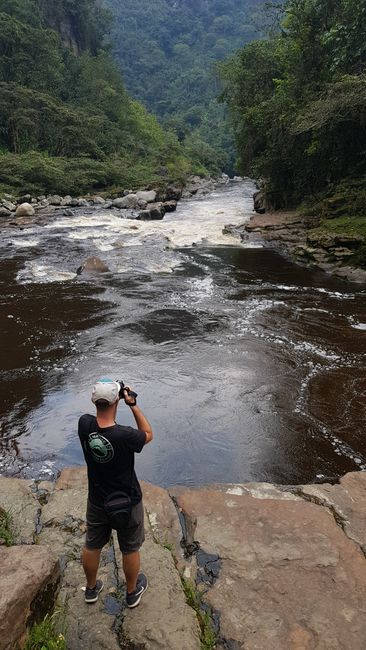A visit to Lunenburg and Halifax
ထုတ်ဝေခဲ့သည်။: 29.04.2018
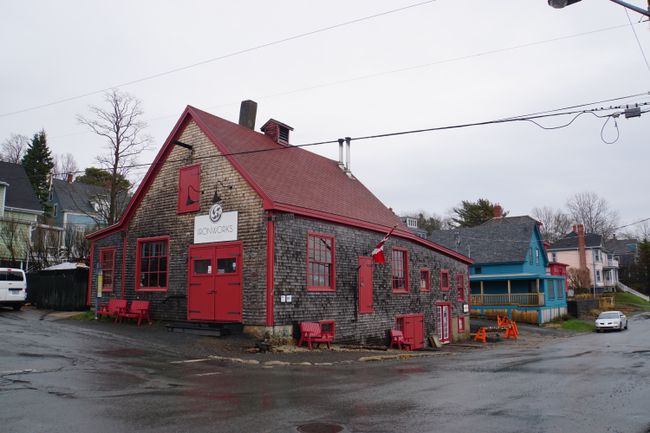
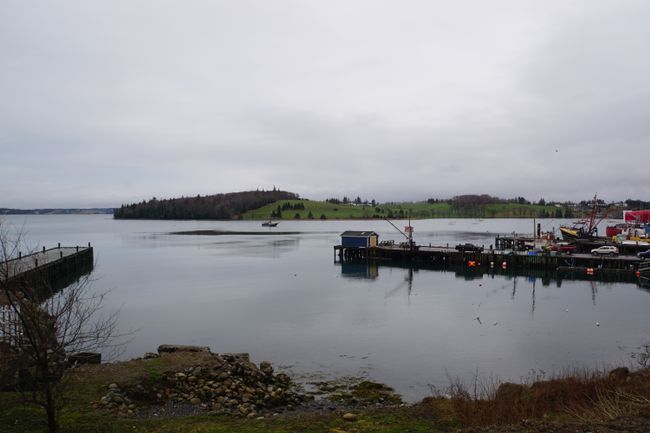
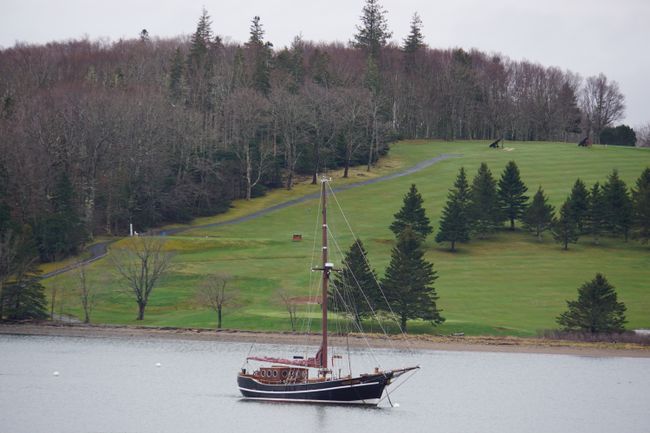
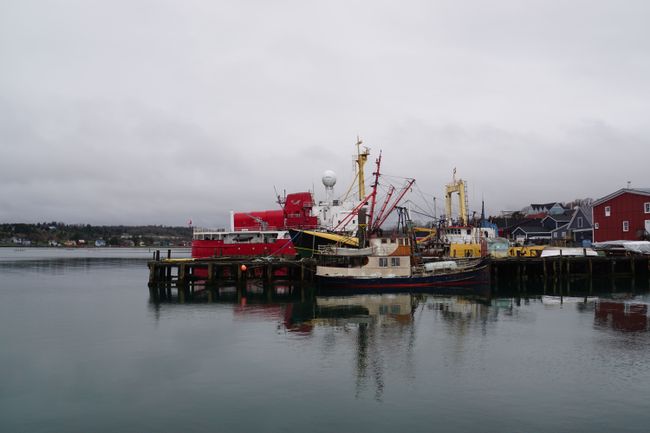
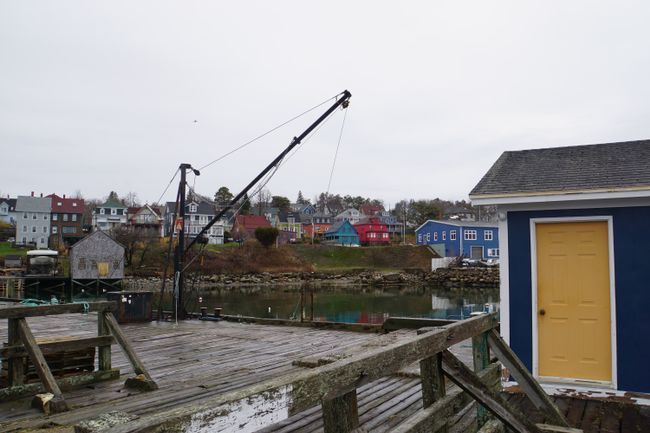
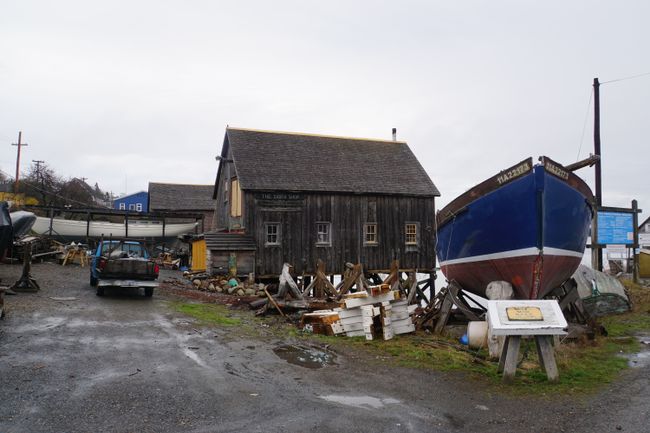
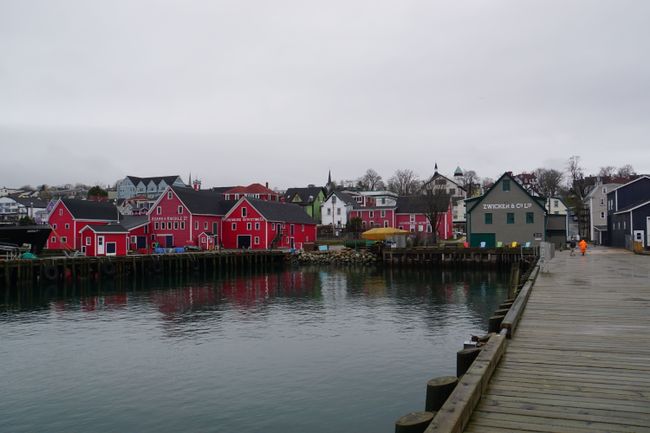
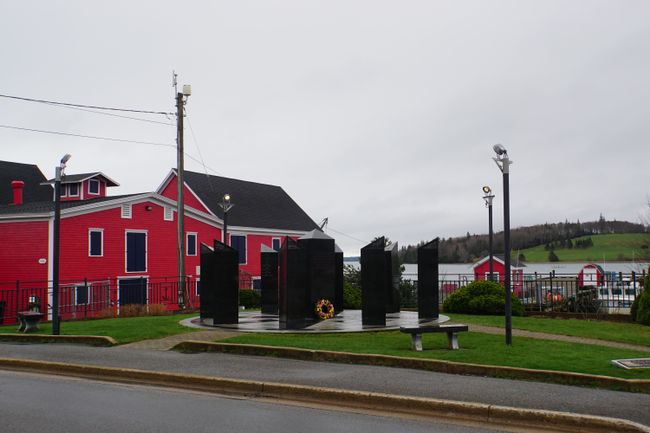
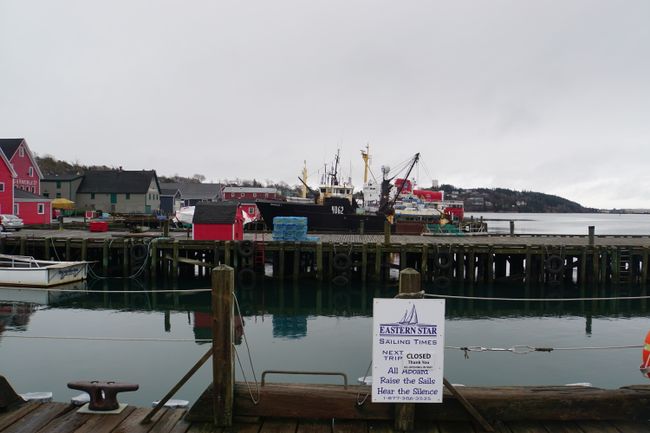
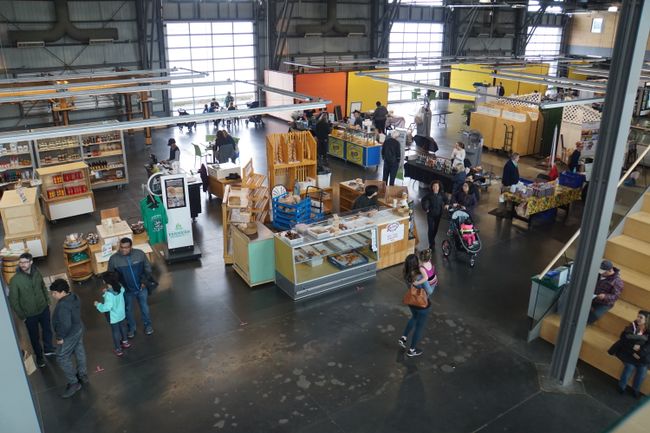
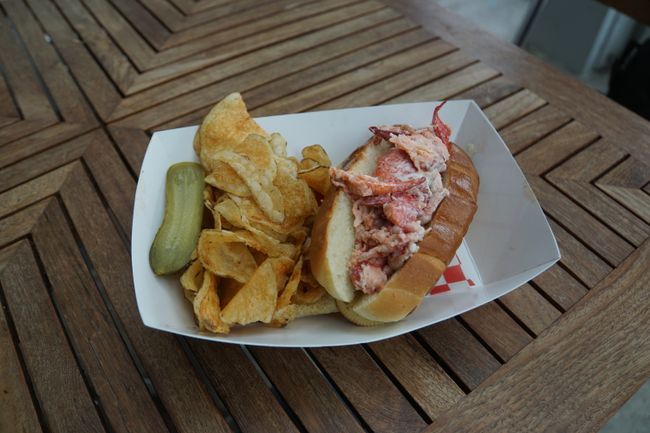

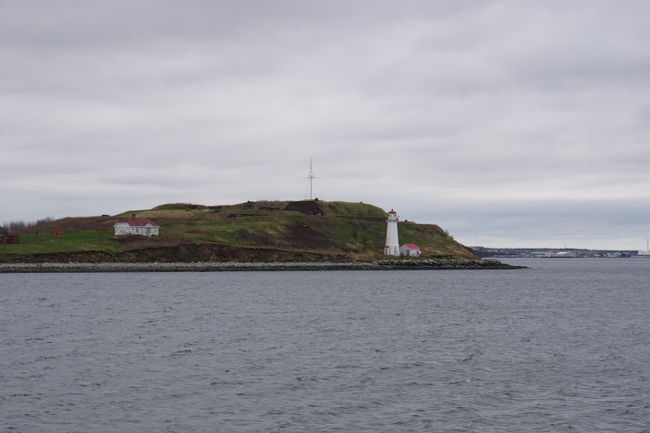
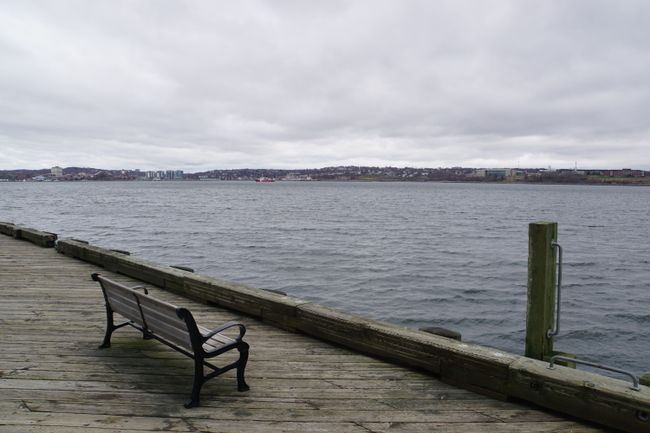
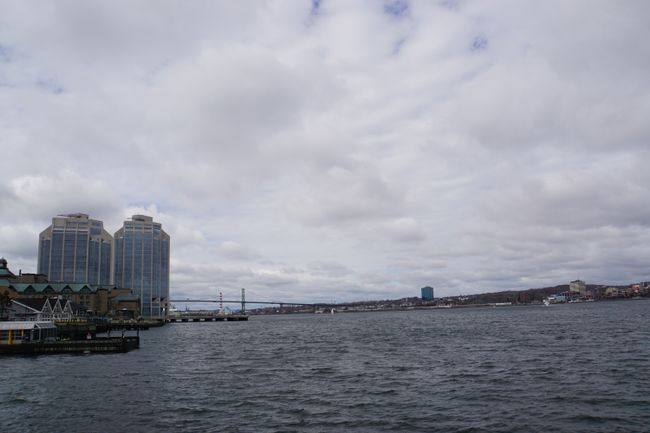

သတင်းလွှာကို စာရင်းသွင်းပါ။
The fishing village of Lunenburg on the east coast of Canada was founded in 1753 by North German immigrants. Today it is a UNESCO World Heritage site. After breakfast, I set off in my jeep for the one-hour drive to Lunenburg. When I left, it was raining heavily, but it stopped when I arrived in Lunenburg. At first, I felt like I was the only person on the streets of Lunenburg. The tourist season doesn't start until May, and many accommodations, restaurants, and shops open then. From my perspective, I was there at the right time and place. I found Lunenburg to be simply beautiful - no tourists, the colorful houses, the harbor, the fresh sea breeze. Just wonderful. Overall, I have to say that I really enjoy being outside the peak season, okay, the weather could often be better, but the rest is pretty much perfect. In any case, what was originally planned as a one-hour walk turned into a whole morning. I leisurely strolled through the harbor, walking on almost every pier to let this village have its effect on me again and again. Rarely have I felt more comfortable in a place on my journey than here. I also came across a great feature by NDR during my research, which is about the town of Lunenburg, and I watched it tonight. If you have the opportunity, I highly recommend it :) click here. For lunch, I drove back to Halifax. This is the capital of the province of Nova Scotia and is known for its maritime history. Between 1928 and 1971, over 1 million immigrants arrived here. The first stop for me was the harbor. In the harbor, there is a so-called Farmers Market, where local farmers sell their products. Today there was a kind of farmer and food market there. Many small stalls offered different dishes from all over the world, and you could taste and buy pastries, wine, sauces, etc. I walked curiously through the market, but didn't buy anything. Instead, I treated myself to something local for lunch. Nova Scotia is famous for its fresh seafood, especially lobster! However, I didn't want to eat a whole lobster, although it would have been possible. So I decided on a lobster roll. A kind of sandwich with lobster meat. I have to say, it didn't taste bad, but whether I would buy it again, especially for the price of €10... I don't know. Strengthened by lunch, I walked for a while straight ahead along the harbor promenade. Actually, I didn't intend to go that far, but somehow I was curious about what was still to come, so I kept on walking. In the end, I had a coffee and made my way back to the car. I had parked my car at a supermarket because I wanted to buy something to eat for the evening and a bottle of wine. In addition to seafood, Nova Scotia is also a well-known wine-growing region. So I decided on a bottle of White Tidal Bay from a German winemaker who emigrated to Canada. Wines can only be called Tidal Bay if exclusively Nova Scotia grapes were used. I had read a bit about it beforehand because with prices starting at €15, I didn't want to just grab blindly. As you can see, today I treated myself multiple times. For dinner, I had rice with beef and vegetables and a glass of wine. Unfortunately, tomorrow I have to leave Nova Scotia already. I could have imagined staying here a bit longer because I really enjoyed it here. Maybe one day there will be another opportunity for me to come back here and spend more time. Unfortunately, even a year off does not allow me to live completely unplanned, so my rental car has to be back in Toronto by May 4th. Since it is about 1800 kilometers from here to Toronto, I have to reluctantly make my way back. In the next three days, I have three 600km stages ahead of me. The anticipation is limited. Tomorrow, on the way back to Toronto, I will make another short detour to Advocate Harbour on the Bay of Fundy, as this is only a small detour. This bay is characterized by its exceptionally high tidal range of up to 21 meters. I will stay overnight in Fredericton in a motel.
P.S: The wine was very tasty :)
သတင်းလွှာကို စာရင်းသွင်းပါ။
ဖြေ

ခရီးသွားအစီရင်ခံစာ ကနေဒါ

